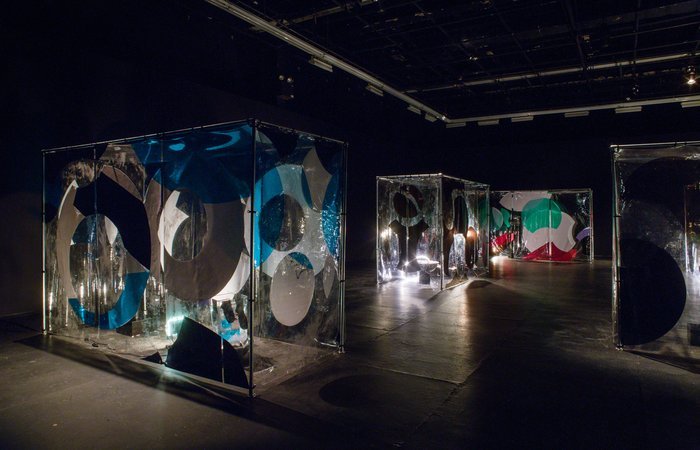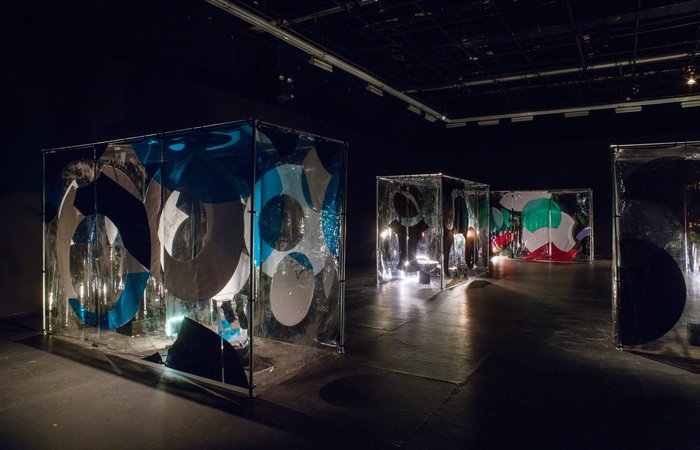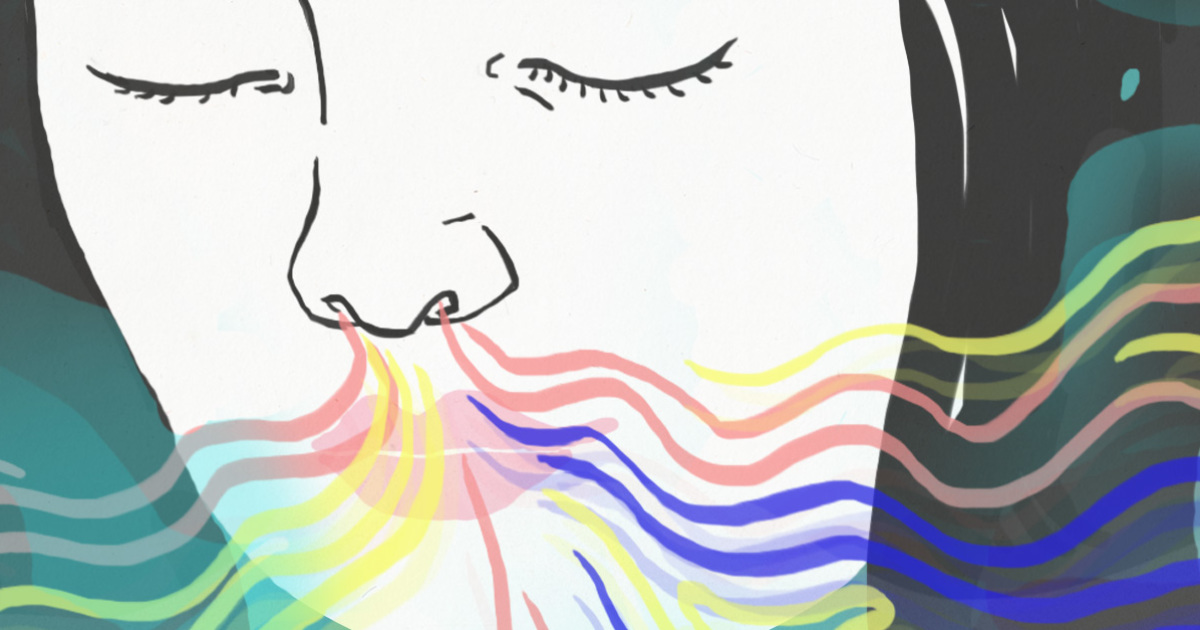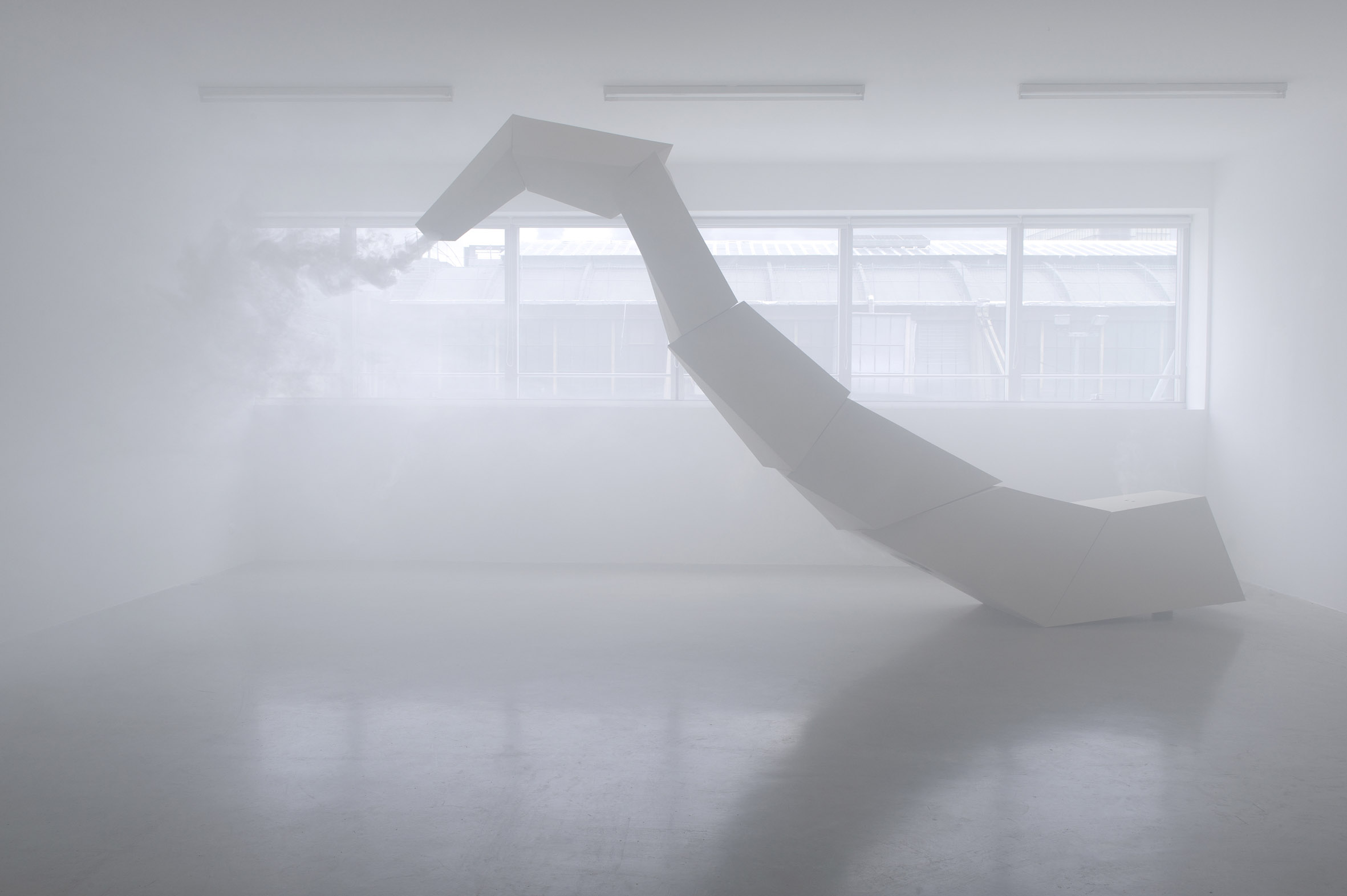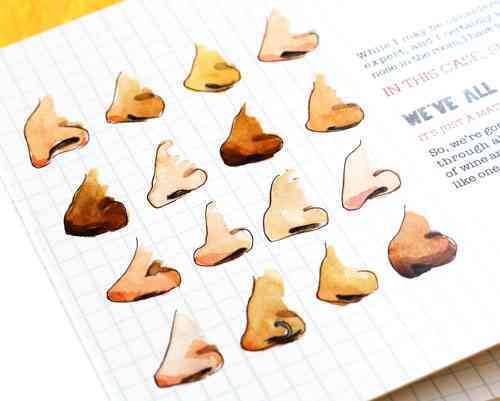Anicka Yi is known for her interest in feminism, body politics, and sensory experience and thus a point of reference for reflecting on the sense of smell in art. Continue reading “Gagosian smell”
The smell of 1930’s Philips light bulb industry
Uncovering the smell of the past Révélateur uncovers the smell of the past and adds a contextual layer of information. Continue reading The smell of 1930’s Philips light bulb industry
[vimeo 107590354 w=500 h=281]
Révélateur…
…uncovers the smell of the past. Installed in the Witte Dame building, it brings out a piece of Eindhoven’s history: the smell of the 1930’s Philips light bulb industry as this building rose to house its main factory. Grease, metal, wood, sweat were some of the smells that could be experienced in the Witte Dame’s past function…
Being good!
“Smelling good is a sign of being good. It is said that ‘we are what we eat’—but it is also true that we are what we smell like: fragrant or foul, good or bad.  ” – ANTONY SYNNOTT Continue reading Being good!
Cross-cultural research makes a difference
Since ancient times there has been the common belief that the experience of a smell is impossible to put into words. The New Yorker presents an overview of more recent cross-cultural research challenging this belief: Culture, not biology, rules the relation between smell and language
Review of “Belle Haleine – The Scent of Art” on Basenotes
You may be familiar with exhibitions that have presented perfume as olfactory art. However, olfactory art is a genre of fine art pertaining to smell that traces its roots back to the avant-garde, early in the twentieth century. A new exhibition at Museum Tinguely in Basel, Switzerland, establishes these historical origins of the genre while showcasing a wide range of practices to the present day that could be understood under this rubric. Continue reading Review of “Belle Haleine – The Scent of Art” on Basenotes
The essence of “A Natural History of the Senses” by Diane Ackerman
Why the 23,040 breaths we take each day are the most powerful yet perplexing route to our emotional memory. Continue reading The essence of “A Natural History of the Senses” by Diane Ackerman

The Science of Smell: How the Most Direct of Our Senses Works | Brain Pickings
Why the 23,040 breaths we take each day are the most powerful yet perplexing route to our emotional memory.
